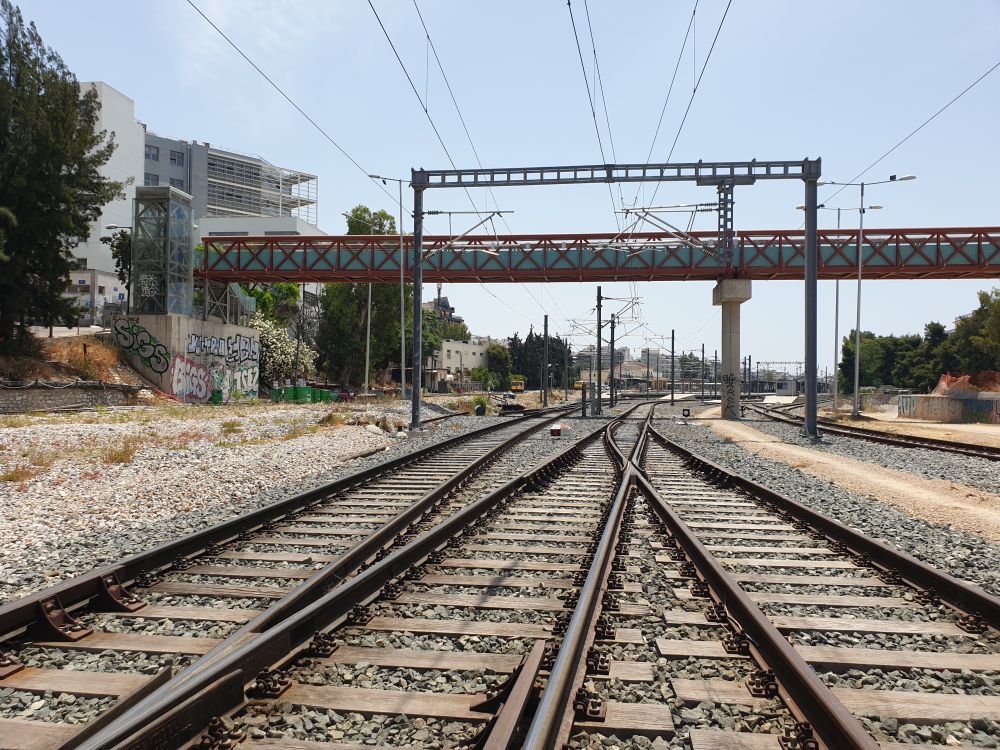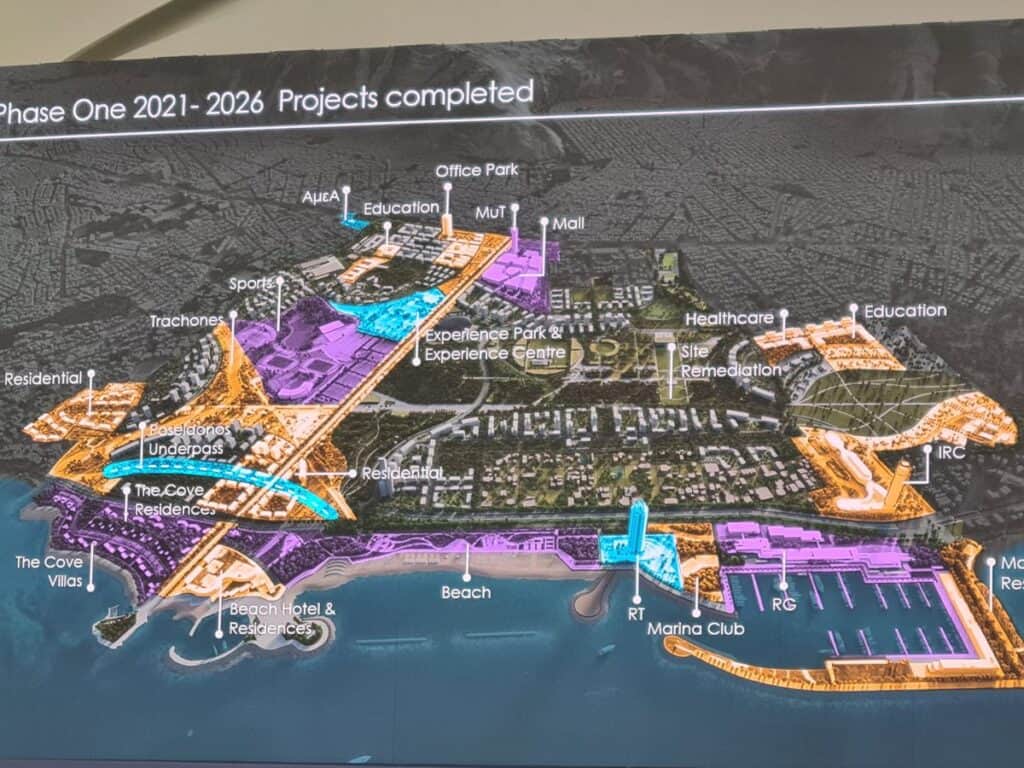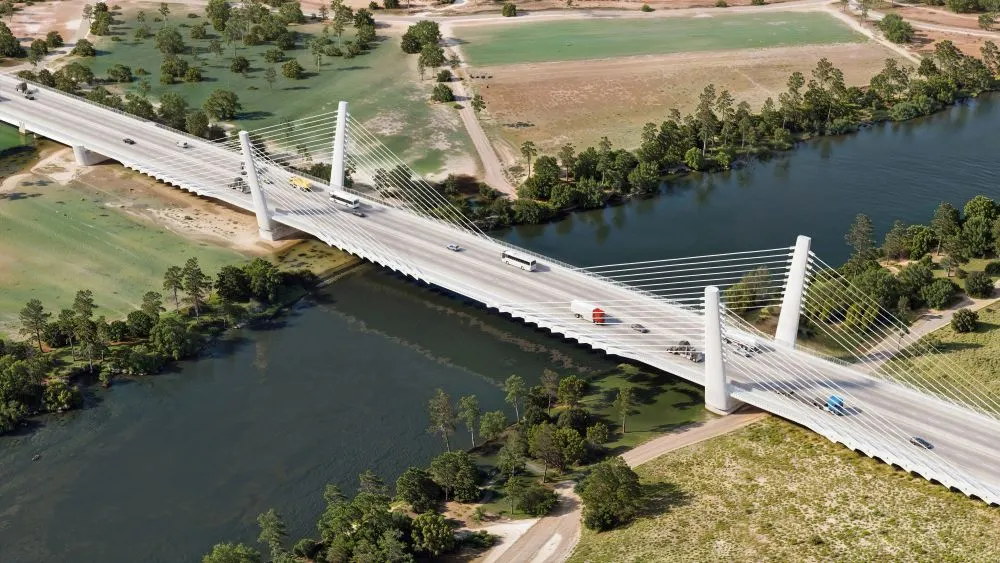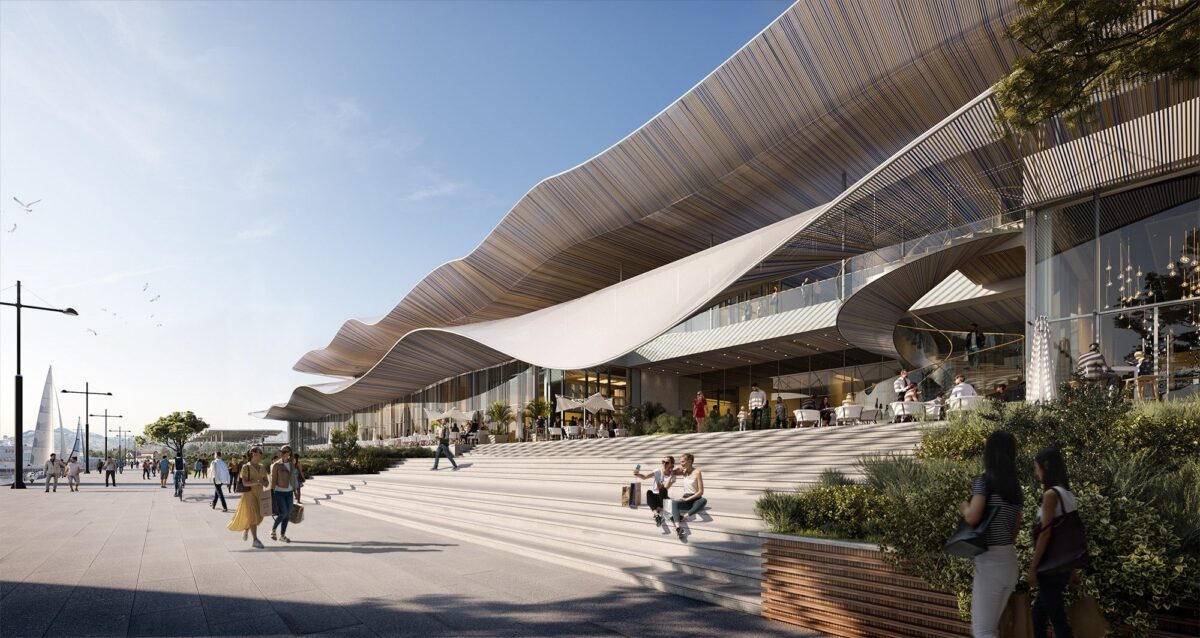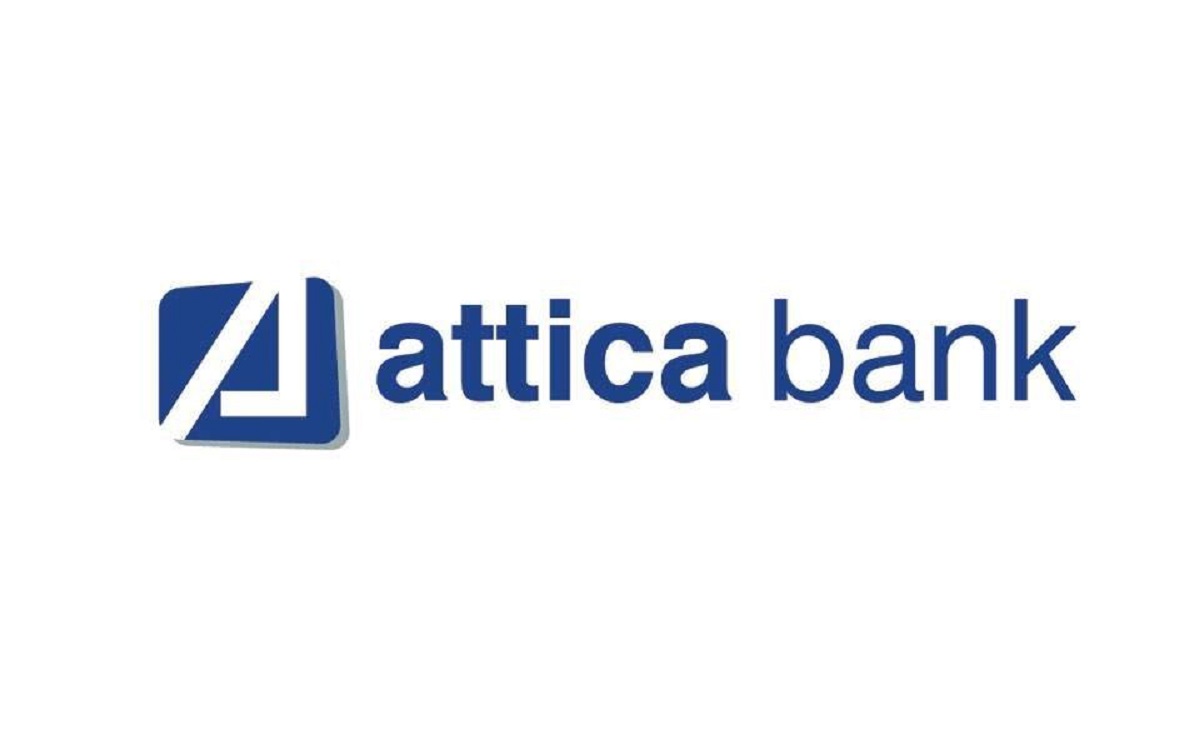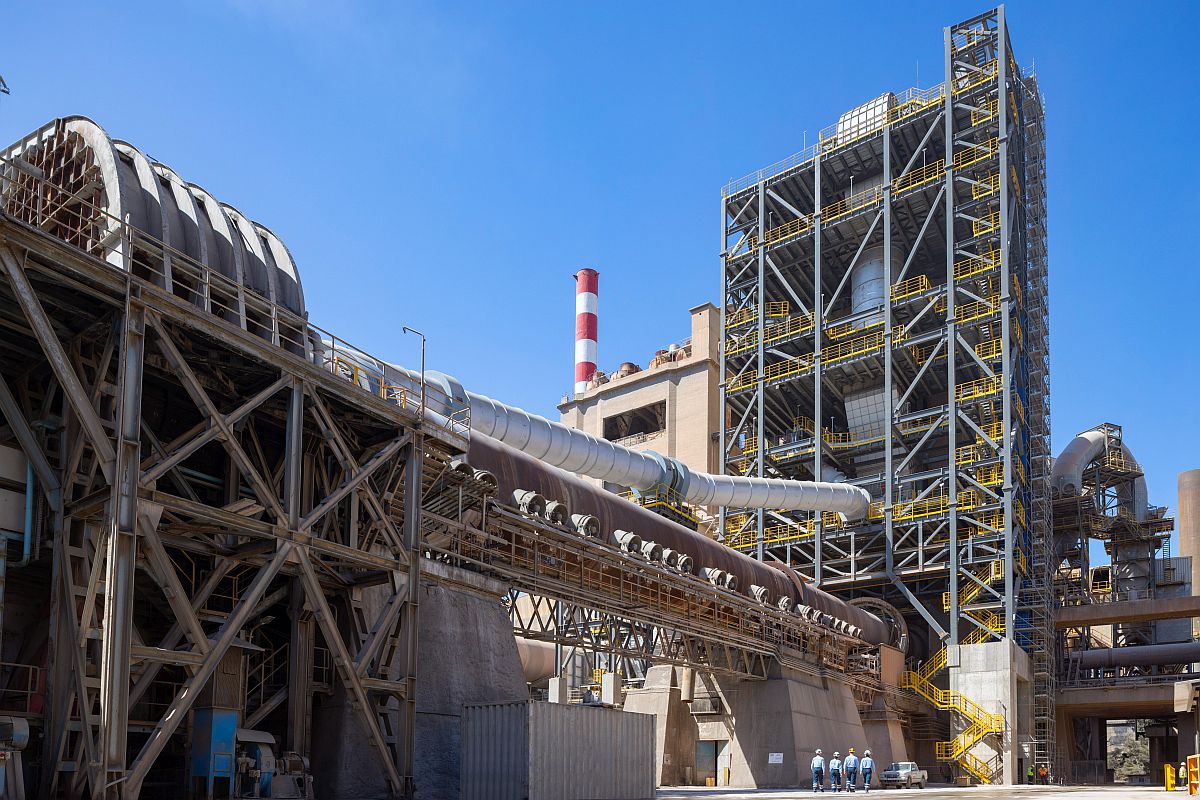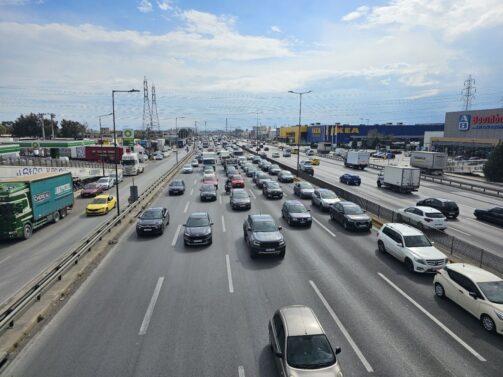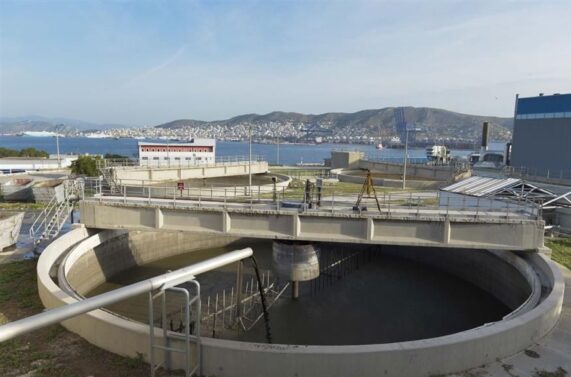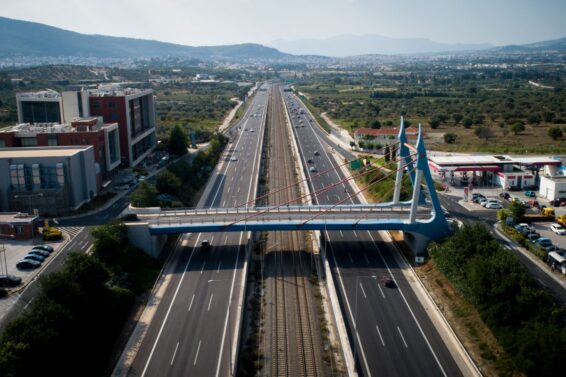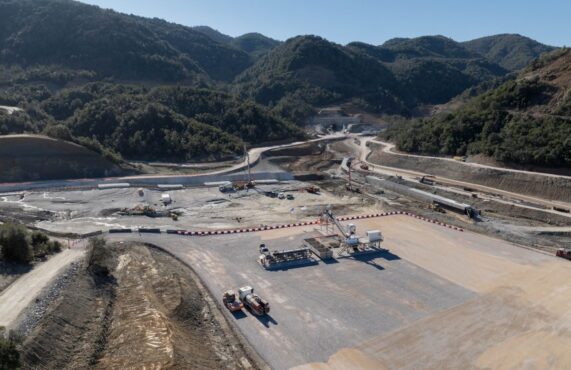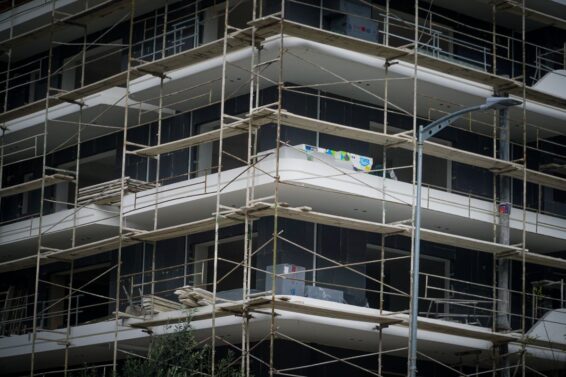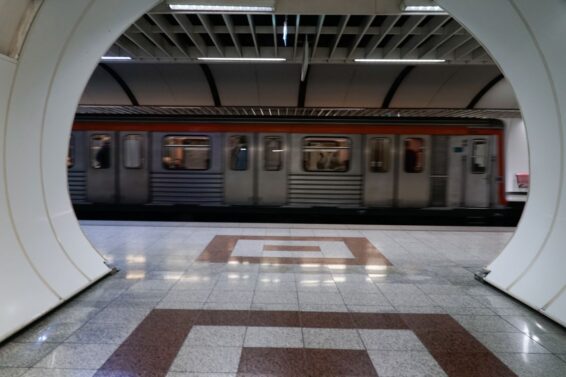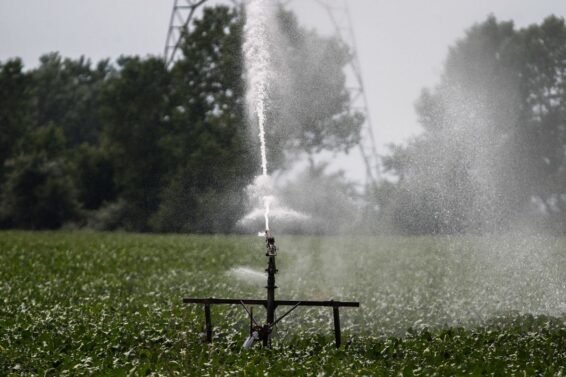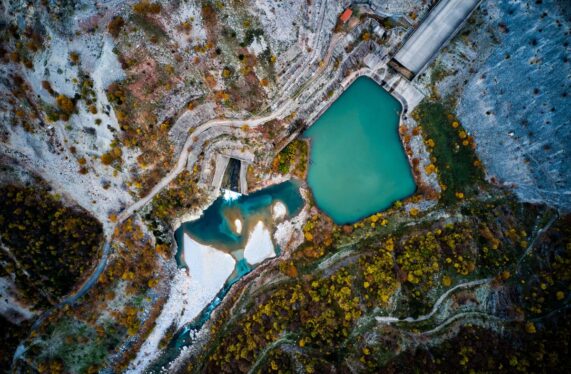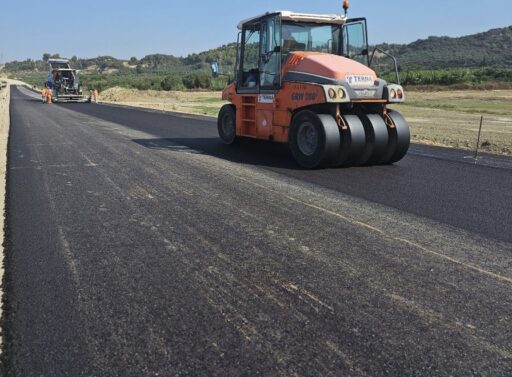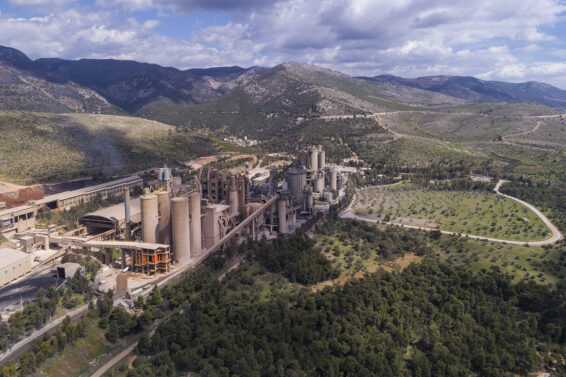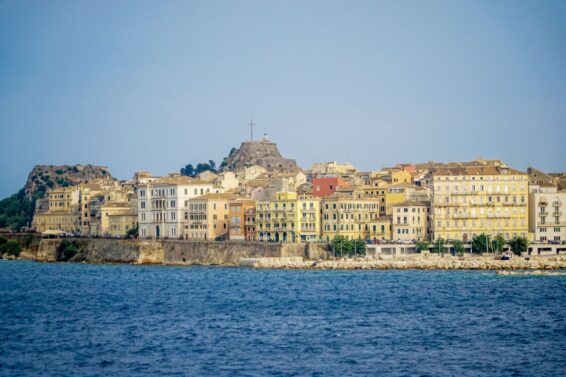The railway connection between Greece and Serbia, as well as Central Europe, is being revitalized. This was announced following the visit over the weekend of the Minister of Infrastructure and Transport, Christos Staikouras, to Belgrade, where he met with his counterpart, Goran Vesic.
The main agenda item was the reinstatement of the passenger railway connection “Piraeus – Thessaloniki – Skopje – Belgrade – Central Europe.” “It is an opportunity to reintroduce routes that were abolished decades ago and created a gap in the European transport system,” said the Minister of Infrastructure and Transport.
Our country had routes that ended in Central Europe in the decades following World War II when thousands of Greeks chose to move to countries like Germany, seeking a better future.
These routes began to decline from the 1980s onwards until they were abolished. Today, Greece is one of the few European countries that does not have a passenger railway connection with any other country. This happened at a time when railways, especially night trains, were being revived and promoted in Europe. Night trains connecting major European cities are increasingly on the rise.
During the meeting, Mr. Staikouras highlighted the country’s readiness to collaborate with Serbia on large-scale construction projects and infrastructure.
As mentioned, the services of the two countries need to be coordinated so that bilateral cooperation in railway infrastructure, particularly in projects such as the vertical railway corridor connecting Belgrade with Thessaloniki and Piraeus, can be implemented and benefit from the newly established European Corridor “Western Balkans – Eastern Mediterranean,” within the framework of the current revision of the TEN-T policy.
The Minister of Infrastructure gave an update on the projects taking place in our country, specifically mentioning that the Thessaloniki – Idomeni corridor is a single track measuring 76.6 kilometres in length. This corridor connects the port of Thessaloniki with Belgrade via Skopje, extending to other countries in Central Europe such as Hungary, Austria, and Slovakia.
Over the past five years, this corridor has undergone complete reconstruction in terms of infrastructure and systems. Thanks to the new alignment, the axis’s capacity has been upgraded.
Today, a second contract worth approximately 41 million euros is in the implementation phase. This contract involves upgrading signaling, telecontrol, GSM-R, and ETCS to achieve a maximum speed of 120 km/h.
The track’s calculated maximum capacity will be 6 trains per direction per hour. The project timeline is 36 months, starting in the second quarter of 2023.
The new runway
The Minister made a clear reference to the new railway corridor “Western Balkans – Eastern Mediterranean” within the framework of the current review of the DEE-M policy. In this, our country can benefit from reactivating a line that has fallen into disuse and can reconnect with other European countries.
Key countries to reach Central Europe again are North Macedonia and Serbia, countries where funds are being directed to upgrade their main railway corridor.
Significant railway projects are underway, especially in Serbia. The country’s major goal is the rapid connection between Belgrade and Budapest, which would span approximately 350 kilometers in about 2.5 hours.
Proposal to the Connecting Europe Facility II for the Sea2Sea project.
Meanwhile, the Ministry of Infrastructure and Transport recently submitted a proposal to the Connecting Europe Facility II for the railway connection of the ports of Northern Greece with Bulgaria. The proposal, totalling 1.39 billion euros, focuses on upgrading the railway in the Thessaloniki-Alexandroupoli-Ormenio section, aiming for our country to be adequately connected to the Bulgarian railway network and primarily to the ports of Burgas, Varna, and Ruse on the border with Romania.
It’s the so-called Sea2Sea project which achieves the so-called Bosphorus bypass, providing an alternative route from the Black Sea to the Mediterranean and vice versa.
The most significant project from the Greek side is the upgrade of the Alexandroupoli-Ormenio corridor with a budget of 555 million euros, followed by the Thessaloniki-Promachonas corridor for the installation of electrification and line upgrading.
Essentially, with all of the above, our country is mobilizing at all levels of railway connections with other countries, with the main goal of activating the objective for Greece to become a transportation hub in Southeastern Europe.
Nowadays, the aim is to establish connections both with the Eastern Balkans and Eastern Europe, as well as with the Western Balkans and the major markets of Central and Western Europe through the ports of Piraeus and Thessaloniki.
For more details and the complete article in Greek, click here
ΜΗΝ ΞΕΧΑΣΕΤΕ
- Ακολουθήστε το ypodomes.com στο Google News και μάθετε πρώτοι όλες τις ειδήσεις για τις υποδομές στην Ελλάδα
- Αν είστε επαγγελματίας του κλάδου, ακολουθήστε μας στο LinkedIn
- Εγγραφείτε στο Ypodomes Web TV

